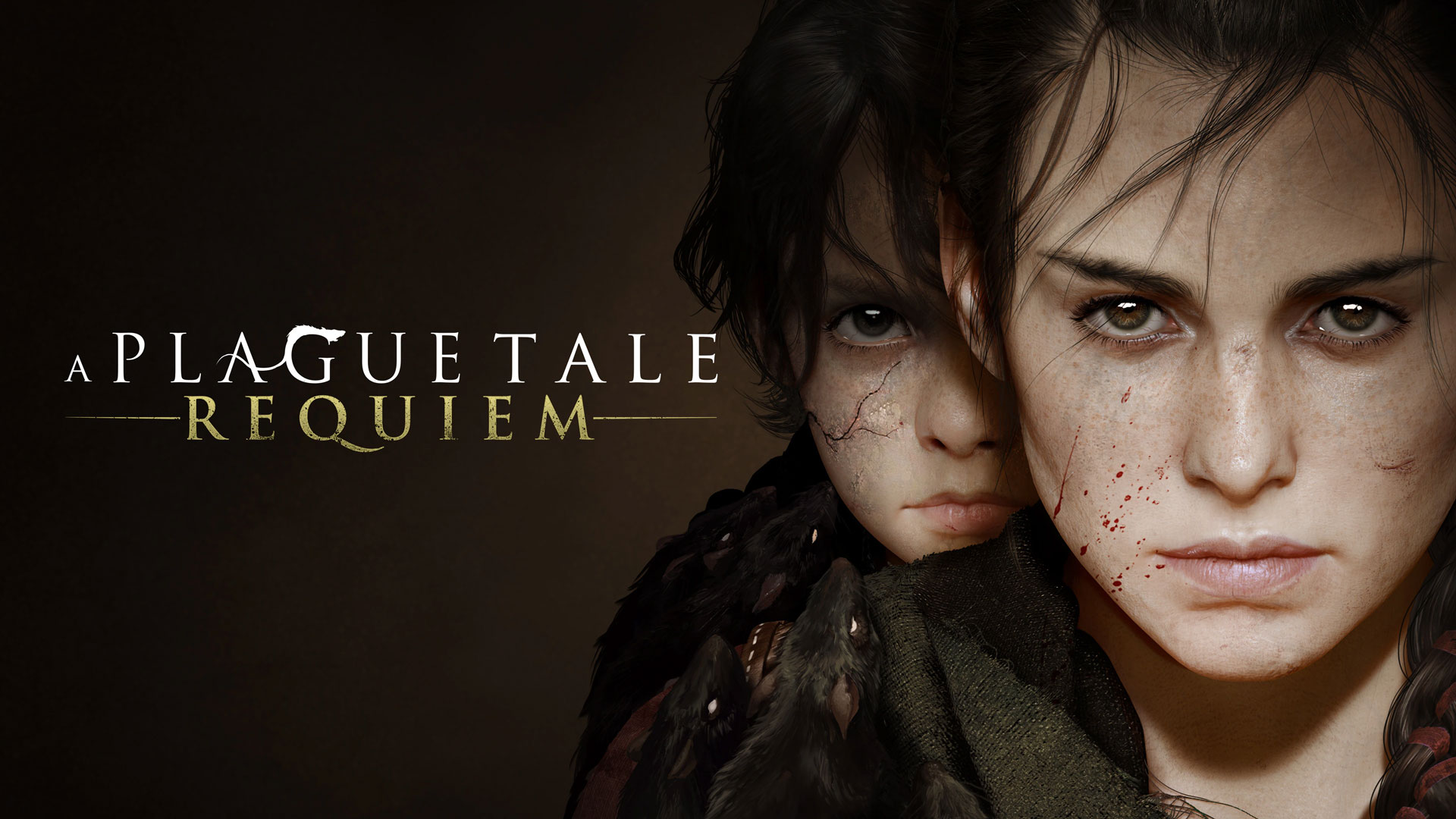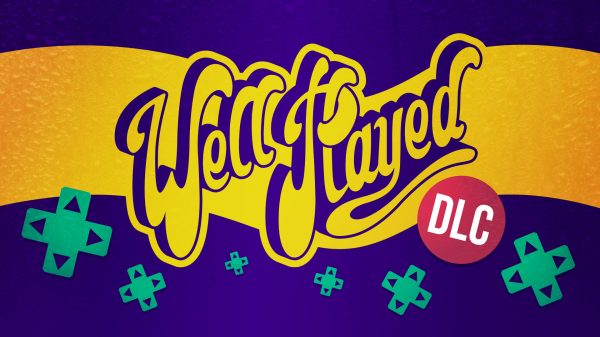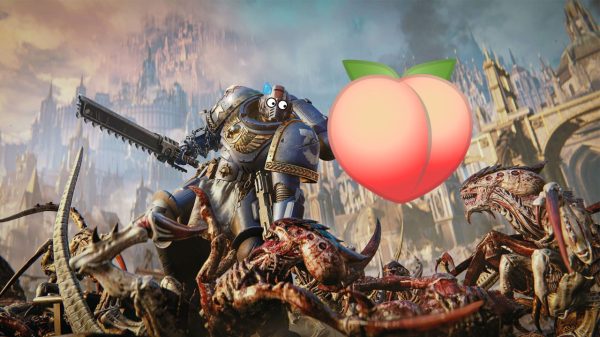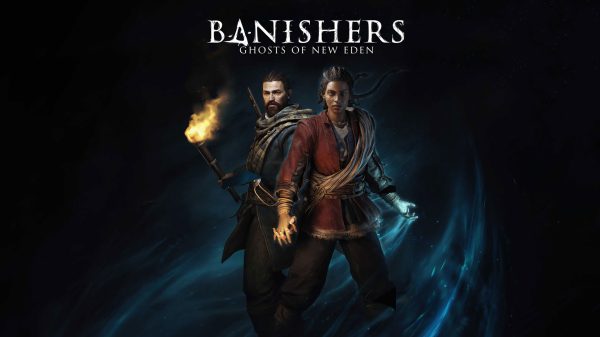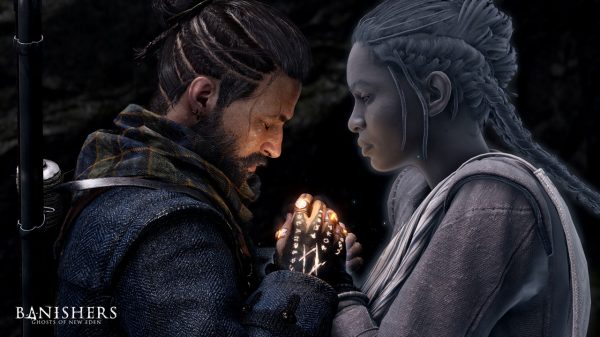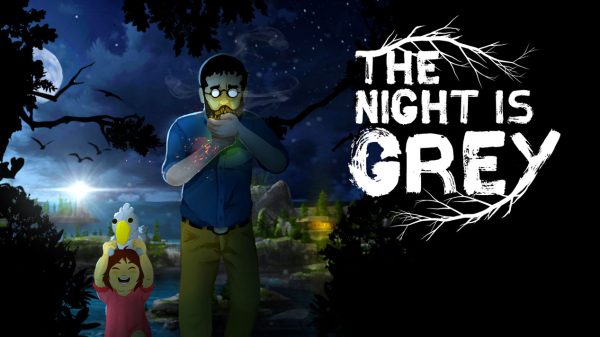A Plague Tale: Innocence was a rat’s whisker away from being my game of the year in 2019, beaten out by the remake of my favourite game – Resident Evil 2. Innocence was everything I loved about video games – an emotive story-driven single-player experience with a historical backdrop that didn’t overstay its welcome. The sequel, A Plague Tale: Requiem, presented Asobo Studio with an opportunity to build on the foundations, and not only does the French developer double down on what made Innocence great, it flexed its creative muscles to enhance the alternate history setting to new heights to deliver a journey that is as poignant as it is grim.
Set six months after the events of Innocence, Requiem sees Amicia, Hugo de Rune and co. searching for a cure to Hugo’s affliction – the Macula, a disease that lets him control the plague-ridden rats. However, when the Macula inside Hugo starts to intensify once more and the plague continues to spread, the de Runes head for a mysterious island from Hugo’s dreams, a place that could hold the answers that they seek. Accompanied by friends, both new and old, the siblings uncover far more than they anticipate, but will their journey end the way they hoped?
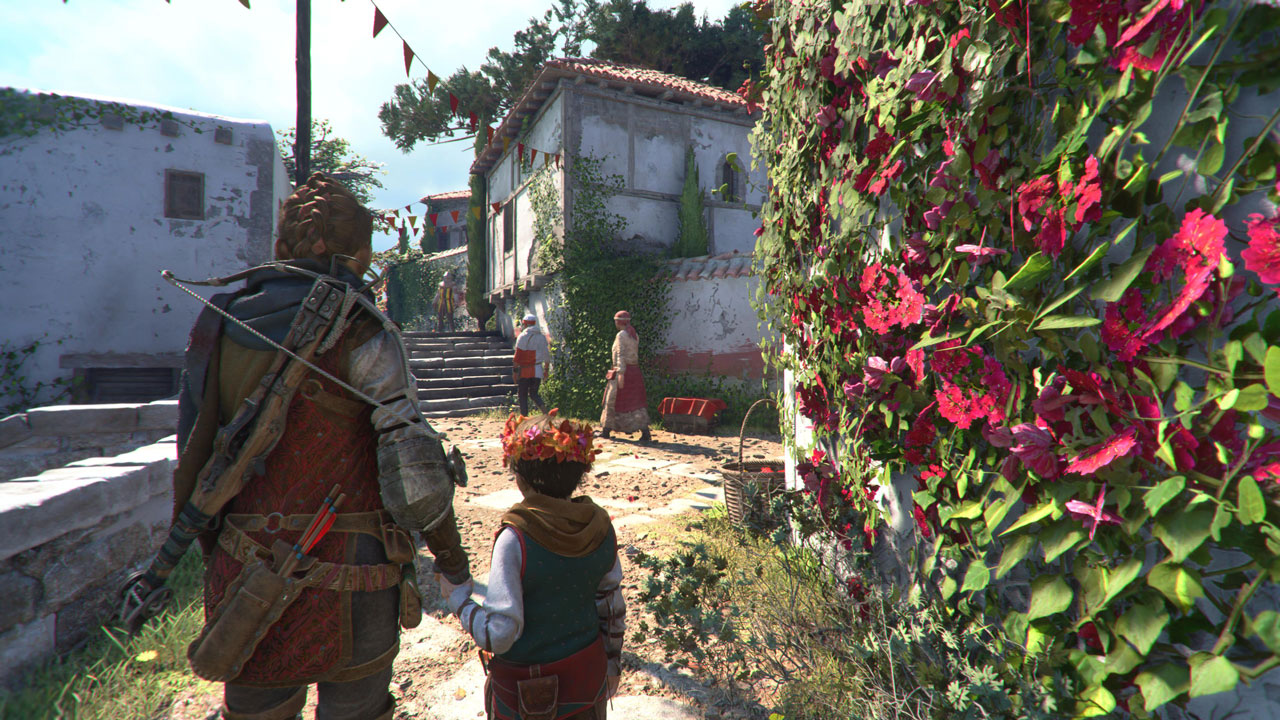
New adventures, new memories
The bond between Amicia and Hugo continues to grow stronger, and it’s clear that they are reliant on one another for support. For Amicia, Hugo gives her a sense of purpose – a reason to will herself from one battle to the next. On the other hand Hugo also needs Amicia, not only to survive a world that could eat him alive but to give him hope that he can be saved. Their connection isn’t only emphasised by how they converse and the actions they take for one another, but also by the way they interact with each other on the journey. They’ll walk hand-in-hand, Amicia will catch Hugo when he jumps down from heights and lift him up when moving to high areas he can’t reach. The two will also stand side by side at the workbench as well as open crates and chests together. It really makes you buy into their relationship and Amicia’s growth as a character and a protector.
It’s hard not to see inspiration from Naughty Dog and The Last of Us Part II in Asobo’s approach to Requiem – from the darker narrative, the bleak outlook the characters have on the world, and the general feeling that you’d go to the end of the world to save who you love. In a lot of ways Amicia channels both Joel and Ellie, as she’s someone who would do anything to save Hugo but is seemingly spiralling out of control.
There’s no denying that the events of Innocence have taken their toll on Amicia. All the death and tragedy she’s witnessed has left a lasting effect and made her battle-hardened and ruthless. She’ll do whatever it takes to save and protect Hugo, whether that’s killing whoever stands in their way or pushing herself to the brink mentally.
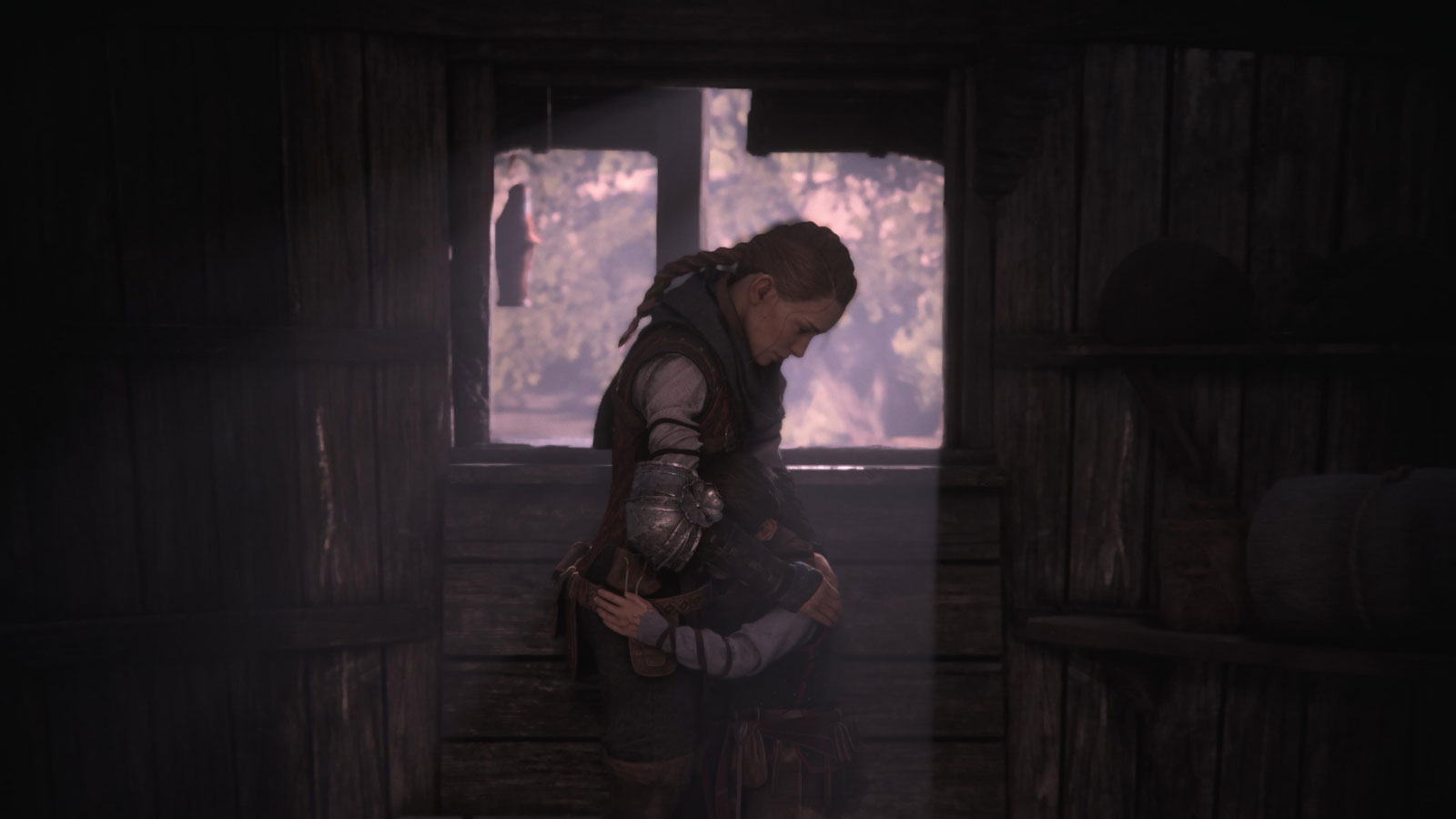
A bond that can’t be broken
But while she puts on a tough exterior, the impact of everything she’s done and been through does show now and again and at times she’ll stop to catch herself for a moment or break down completely when the weight of everything becomes too much. There’s so much raw emotion captured in these moments thanks to a powerful and gripping performance from Charlotte McBurney. I was already pretty fond of Amicia, but after playing Requiem she’s easily one of my favourite video game protagonists.
Amicia isn’t the only character that is expertly brought to life, with the whole cast ensuring their characters are compelling in a narrative that is excellently paced. It’s full of twists and turns, difficult moral choices and an ending that will stay with you long after your 15–20 hour journey concludes. If I had one gripe though, it’s the lack of French accents, with characters often sounding British. It’s not a huge deal as the performances are top-notch, but it is noticeable.
Once again, the experience is elevated thanks to near-perfect composition from Olivier Derivière whose work adds another layer to the story and immersion. While the composition itself is utmost impressive, its implementation is just as good, with Derivière knowing when to make his work heard or to keep things subtle, amplifying the situation in most cases.
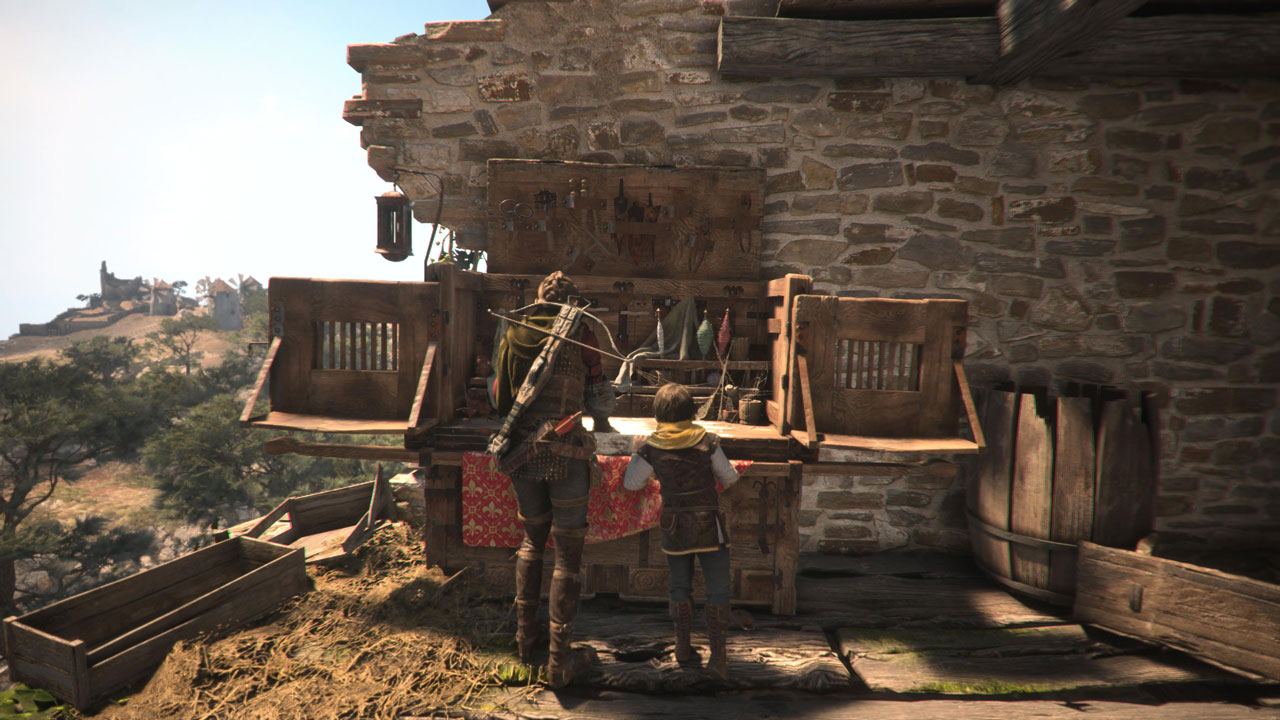
Amicia and her little helper
When it comes to the gameplay, Asobo has added to Innocence’s DNA with new mechanics that are the result of the evolution of the characters and the narrative. As expected, Requiem is a linear experience and as such Amicia will need to light the way forward for her and Hugo to move through waves of hungry rats or stealth her way around enemy guards. Amicia and Hugo’s new companions can interact with items that help the de Rune duo solve puzzles and defeat soldiers, while Hugo can use the rats to highlight enemies in particular areas, as well as control groups of rats that he can simply move out of the way or use to feast on enemies.
This time the rats come in much larger numbers, with the game supporting up to 300,000 rodents on-screen at once. While it’s easy to keep them at bay with fire and light, it’s hard not to feel some form of dread as thousands circle your position, waiting for you to make a mistake, especially during one of the game’s tense set pieces.
Combat in Requiem has also been expanded, with Amicia now able to stealth kill enemies from behind using a knife as well as having access to a crossbow, which is equally useful as a tool as it is a weapon. Amicia is no soldier, so she must pick her fights carefully, especially given that bolts and knives are limited. Of course, her trusty sling remains her go-to tool of mischief and with it she’ll cause plenty of havoc.
Crafting items through alchemy is again present, with Amicia able to craft items that will ignite or extinguish fire, and lure rats away from resources found in the world. These concoctions can be applied to any of Amicia’s tools for various use depending on the situation. Players can also upgrade their tools and skills at workbenches, allowing Amicia to recover bolts from enemies, deliver more damage with her sling, carry additional items and so on. There’s also a separate skill tree of sorts that self-upgrades based on your playstyle. It’s broken into three categories: Prudence, Aggressive, and Opportunism. Prudence deals with traversal and stealth skills, Aggressive is tied to combat, while Opportunism improves crafting. The best thing about is that it doesn’t make you feel like you need to play a certain way, with all skills giving subtle improvements to Amicia’s existing skillset. Sure, some may be more attractive than others if you like to play a certain way, but its automation allows players to simply focus on playing the game.
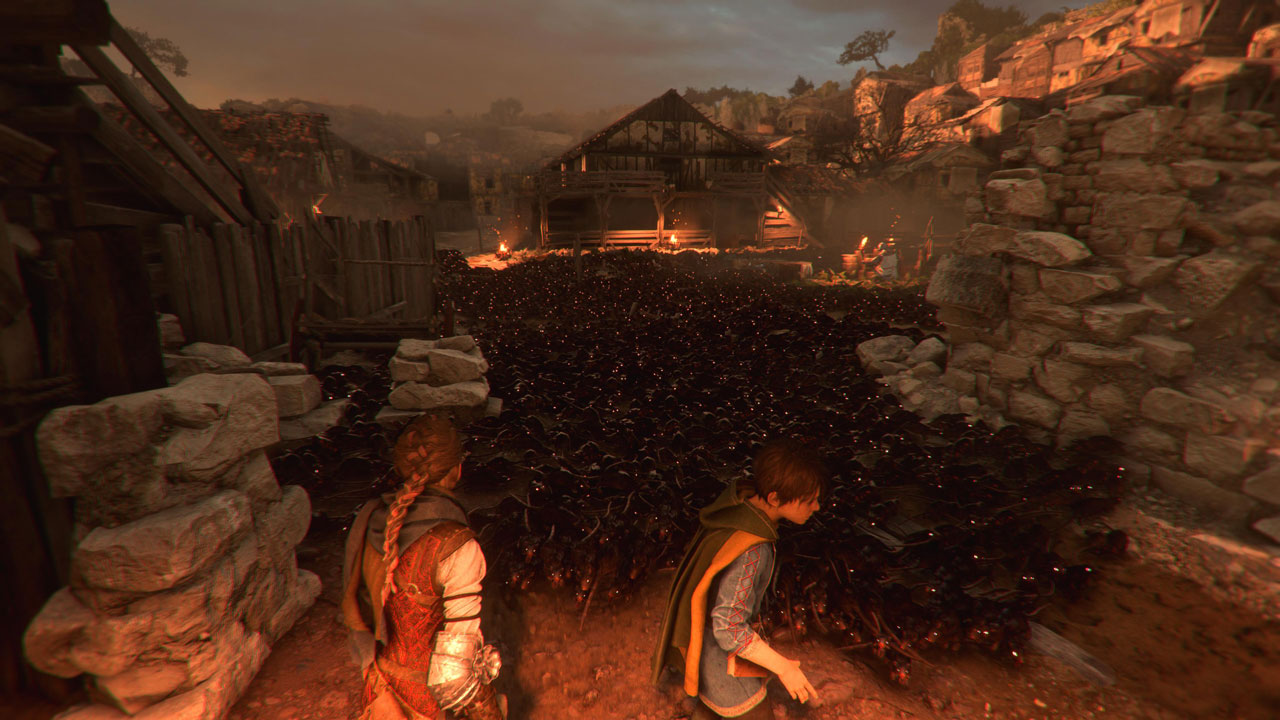
Oh cheese and whiskers
Asobo has squeezed every bit of juice it can out of its in-house engine, with the game’s visuals packed with stunning detail. Whether it’s the rat-infested undergrounds, the historical architecture or the breathtaking vistas, Requiem is a feast for the eyes and looks as good as any big-budget AAA release. Each location feels like it has been carefully crafted to ensure that they all feel unique and authentic.
Although it looks the goods, Requiem is still very much a AA title in other facets, with the animations appearing a little stiff at times, lip-syncing often not matching up, and some NPCs seemingly walking around with no real purpose. They’re minor grievances that don’t detract from the overall experience (at least in my case), but they are worth noting so that you can temper your own expectations if need be.
Sadly however, the game’s technical performance lets it down on the PS5, with constant frame rate drops causing significant stuttering. It only gets worse when hordes of rats are on the screen, with some sequences chugging so hard it would be impressive if it were a palm-muted riff. It’s something that will likely take multiple patches to fix, and while it’s tolerable for the most part, it is disappointing given how much love Asobo has put into the game.
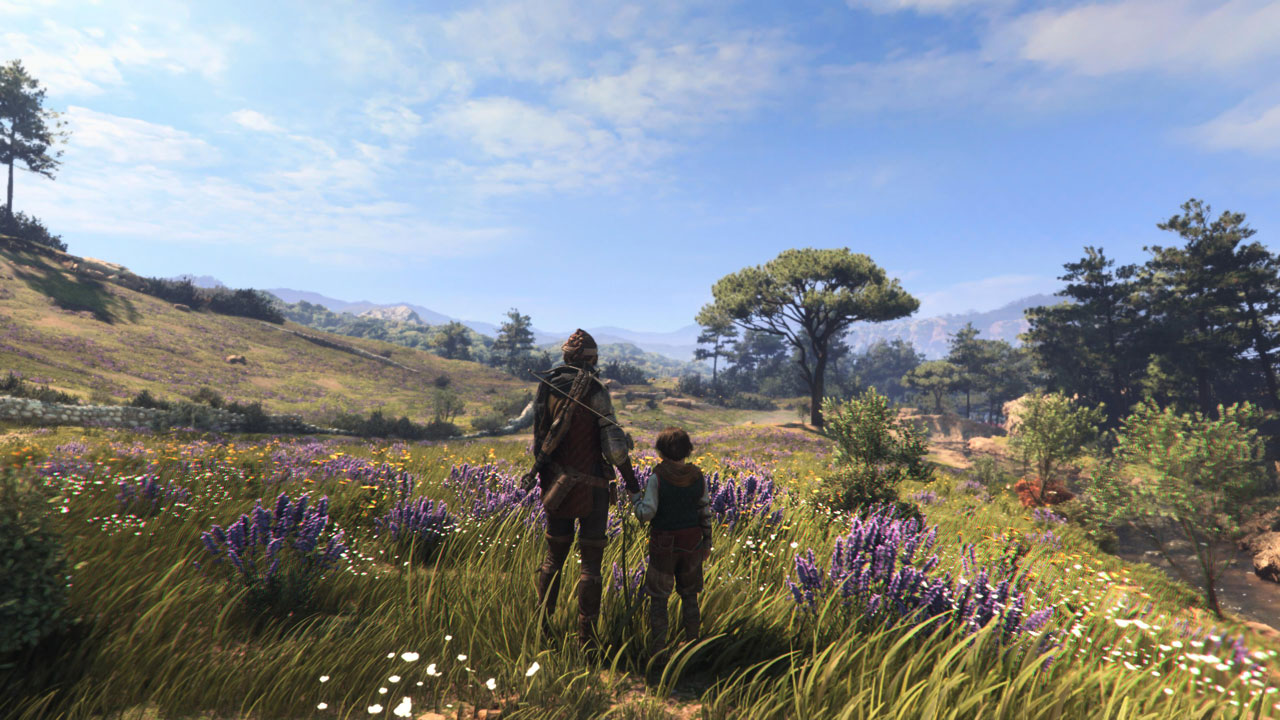
The level of visual detail is stunning
Final Thoughts
Despite its technical issues, A Plague Tale: Requiem delivers a visually-stunning must-play title for fans of emotive story-driven experiences. Asobo has clearly pulled inspiration from Naughty Dog and its storytelling blueprint with Requiem’s dark, bleak and poignant narrative. If Naughty Dog is the king of single-player storytelling, then Asobo Studio has earned the title of the Dauphin with Requiem.
Reviewed on PS5 // Review code supplied by publisher
Click here for more information on WellPlayed’s review policy and ethics

- Asobo Studio
- Focus Entertainment
- PS5 / Xbox Series X|S / Switch (Cloud) / PC
- October 18, 2022



Despite a childhood playing survival horrors, point and clicks and beat ’em ups, these days Zach tries to convince people that Homefront: The Revolution is a good game while pining for a sequel to The Order: 1886 and a live-action Treasure Planet film. Carlton, Burnley FC & SJ Sharks fan. Get around him on Twitter @tightinthejorts





